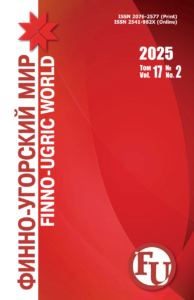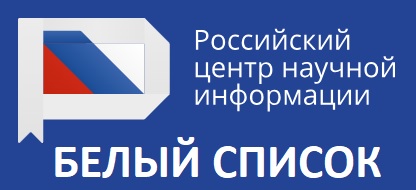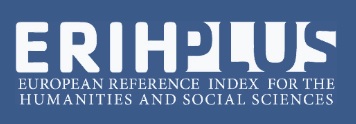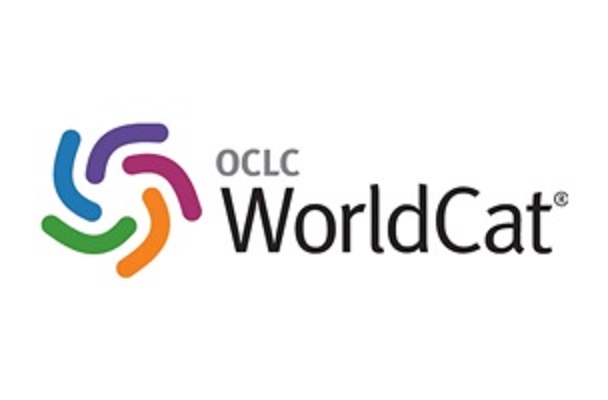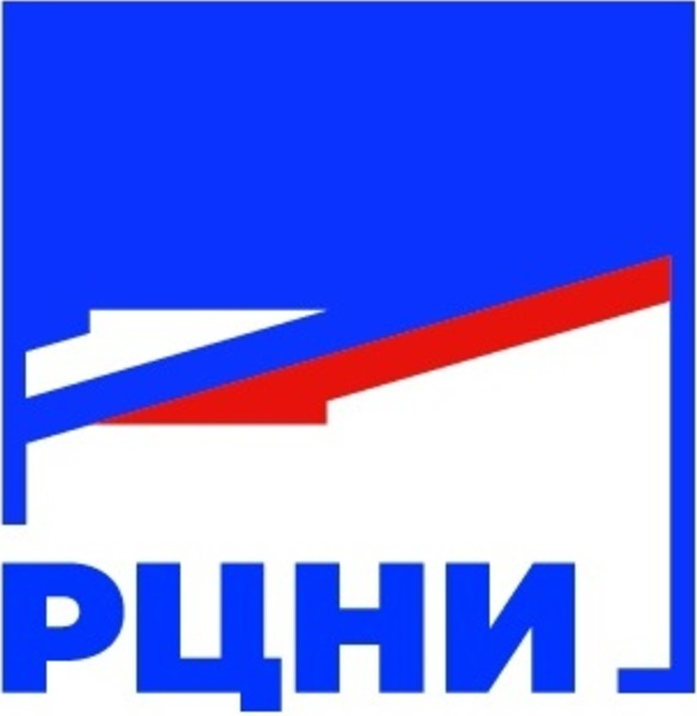DOI: 10.15507/2076-2577.012.2020.02.184-193
Mordovian traditional women’s headdresses in the context of their ethnic and territorial identity
Galina A. Kornishina,
Doctor of History, Professor, Department of Russian History,
National Research Mordovia State University
(Saransk, Russia), g.kornihina@mail.ru
Introduction. Being one of the elements of the traditional costume, headdresses retained ethnic characteristics for a long time. They were special markers of the ethnically determined worldview of their carriers and indicators of their ethnic and territorial identity. Women’s headdresses retained these identifying features the longest. The study was conducted in order to create a typology of women’s headdresses, which were traditional among the Mordovian population, in the context of the ethnic and territorial identity of their carriers.
Materials and Methods. The article considers the materials contained in research giving an idea of the problem. It also examined and generalized the author’s field materials collected in ethnographic trips. To achieve the goal of the study, a comparative historical method was used.
Results and Discussion. The study of various types of Mordovian women’s headdresses has revealed the diversity of their forms, material, decoration techniques and ways of wearing. The specific features of the elements of the traditional costume were closely interconnected with the ethnic and territorial identification of the people they belonged to. Both the main sub-ethnic groups of the Mordovians (Moksha and Erzia) and minor ethnic and territorial groups of the people had their own types of headdresses marked by their own local features.
Conclusion. The female headdress of Mordovians was one of the important differentiating ethnic features, which visually showed ethnic, territorial, tribal community belonging. To some extent this function is preserved at the present time. Even in those regions where Mordovians live and where almost all information about traditional clothes was erased from the memory of the local population, people tend to restore its individual elements, including headdresses, which become a kind of national symbol, a sign of ownership of their people.
Key words: Moksha; Erzia; headdresses; local complexes; ethnic identity; ethnocultural markers.
For citation: Kornishina GA. Mordovian traditional women’s headdresses in the context of their ethnic and territorial identity. Finno-ugorskii mir = Finno-Ugric World. 2020; 12; 2: 184–193. (In Russian)


